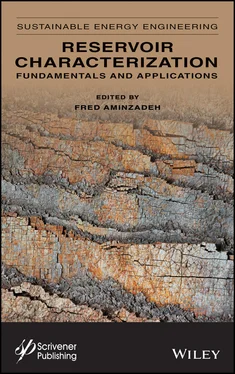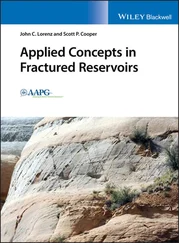As mentioned above almost all Tertiary oils studied ( Figure 4.6as an example) are relatively heavy and severely biodegraded. This can be seen from the absence of all normal alkanes, while Cretaceous oils analyzed are relatively light and non-biodegraded ( Figure 4.7as an example), with all normal and branced (iso-) alkanes being present.
Saturated and aromatic fractions of the oils and source rock bitumens were further analyzed by GC-MS to investigate their aliphatic (saturated) and aromatic biomarkers. Table 4.2shows biomarker parameters of carbonate facies oils compared to those of shale-derived hydrocarbons.
Table 4.1 Results of TOC and Rock-Evaol Pyrolysis for the rock samples analyzed.
| Well name |
Depth (ft) |
% TOC ⋆ |
RE-SI ⋆ |
RE-S2 ⋆ |
RE-S3 ⋆ |
Tmax ⋆ |
HI ⋆ |
OI ⋆ |
SI/TOC ⋆100 |
PI |
| Well A |
14144 |
11.31 |
3.76 |
15.13 |
1.09 |
454 |
134 |
10 |
33 |
0.20 |
| Well A |
14171 |
9.34 |
3.44 |
9.98 |
1.43 |
451 |
107 |
15 |
37 |
0.26 |
| Well A |
14193 |
6.25 |
2.92 |
7.9 |
1.37 |
454 |
126 |
22 |
47 |
0.27 |
| WellB |
13709 |
3.35 |
9.19 |
3.57 |
1.00 |
448 |
107 |
30 |
274 |
0.72 |
| WellB |
13718 |
9.82 |
15.67 |
12.9 |
1.00 |
454 |
131 |
10 |
160 |
0.55 |
| WellB |
13726 |
5.88 |
5.11 |
7.74 |
0.64 |
455 |
132 |
11 |
87 |
0.40 |
⋆TOC = Total organic Carbon (wt%); SI = mg HCs/g rock; S2 = mg HCs/g rock; S3 = C0 2/g rockmg; Tmax = deg C; HI = Hydrogen index (mg HCs/g TOC); OI = oxygen index (mg/C0 2/g TOC).
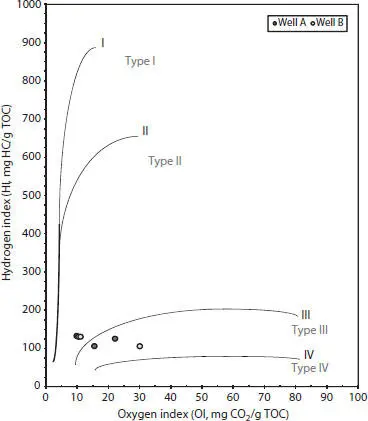
Figure 4.1 Type of Kerogen present in source rocks.
The following are the significant observations that could be obtained from Table 4.2and GC-MS biomarker results:
Carbonate oils show Pristane/phytane ratios below one, whereas pristane/phytane ratios of shale facies oils are around or above one.
Carbonate oils are more enriched in αβ-hopanes than steranes, showing lower steranes/αβ-hopanes ratios, whereas in shale-derived oils steranes are more abundant than hopanes, showing high steranes/αβ- hopanes ratios [2].

Figure 4.2 It shows kerogen conversion and maturity (Tmax).
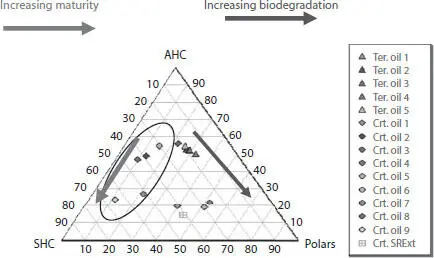
Figure 4.3 Bulk compositions of oils and bitumen studied.
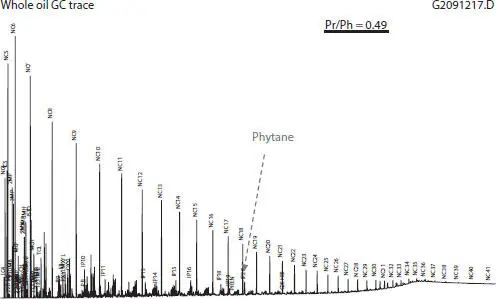
Figure 4.4 GC-Fingerprint of a carbonate-derived oil.
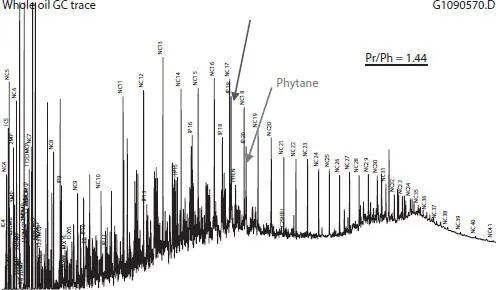
Figure 4.5 GC-Fingerprint of a shale facies derived oil.
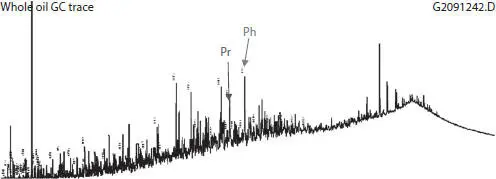
Figure 4.6 GC- Fingerprint of Tertiary Oil No. 3 which is severely biodegraded.

Figure 4.7 GC- Fingerprint of Cretaceous Oil No. 3 which is not biodegraded.
Table 4.2 Typical biomarker characteristics of shale and carbonate-derived hydrocarbons.
| Biomarker parameter |
Shales |
Carbonates |
| Pristane/Phytane |
Often ≥ 1 |
Often ≤ 1 |
| Steranes/αβ-hopanes |
High |
Low |
| Diasteranes/steranes |
High |
Low |
| C 24tetracyclic/C 26tricyclic terpanes |
Low-medium |
Medium-high |
| C 29/C 30hopanes |
Often low |
Can be high (>1) |
| C 35Homophone Index |
Often low |
Often high (>0.1) |
| Hexacyclic hopanes & benzohopanes |
Low |
High |
| Dibenezothiophene/phenanthrene |
Low (<3) |
High (>1; Often >3) |
| αββ steranes |
Low-medium |
Medium-high |
Carbonate-derived oils ( Figure 4.8) often display a predominance of C29-hopane (norhopane) over C30-hopane (hopane), with C29/C30 hopane ratios above one.
In contrast, shale-derived oils show triterpene patterns ( Figure 4.9as an example) in which C29-hopane is predominant over C30-hopane, with a C29/C30 hopane ratio being low (mostly below one).
The Dibenzothiophene/Phananthrene ratio [10] is relatively high (mostly above 1) in carbonate oils ( Figure 4.10), while those in shale-derived oils are low (mostly below 1).
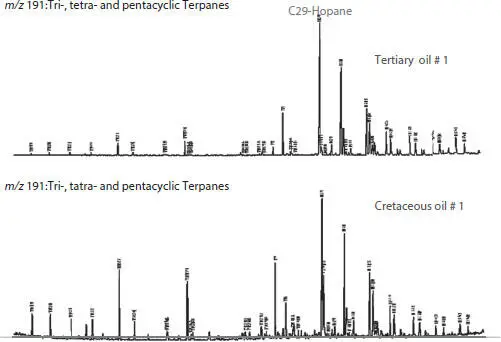
Figure 4.8 Triterpane fingerprints of carbonate-derived oil.

Figure 4.9 Triterpane fingerprint of shale-derived oil.

Figure 4.10 Cross plot of dibenzothiophene/phenanthrene versus pristane/phaytane.
4.4 Summary and Conclusions
Carbonate rocks contain major oil and gas deposits throughout the world. They commonly have been discounted as important source rock due to lower organic-carbon content, however, carbonate source rocks contain mostly sapropelic (oil-prone, Type II)) organic matter capable of generating significant quantities of oil.
The objective of the study was to provide an overview of the geochemical characteristics of carbonate-derived oils collected from different wells and fields. A total of 6 Cretaceous carbonate core samples and 14 oils from Tertiary (5) and Cretaceous (9) reservoirs were investigated using advanced geochemical technologies.
Almost all Tertiary oils in this study are severely biodegraded whereas, the Cretaceous oils are not.
All the oils studied show biomarker parameters that are characteristic of oils derived from carbonate source rocks, such as:
Pristane/phytane ratios below 1
High C29/C30-hopane ratios
Low steranes/hopanes ratios
High C35-homohopane index values
High dibenzothiophene/phenanthrene ratio
Читать дальше
